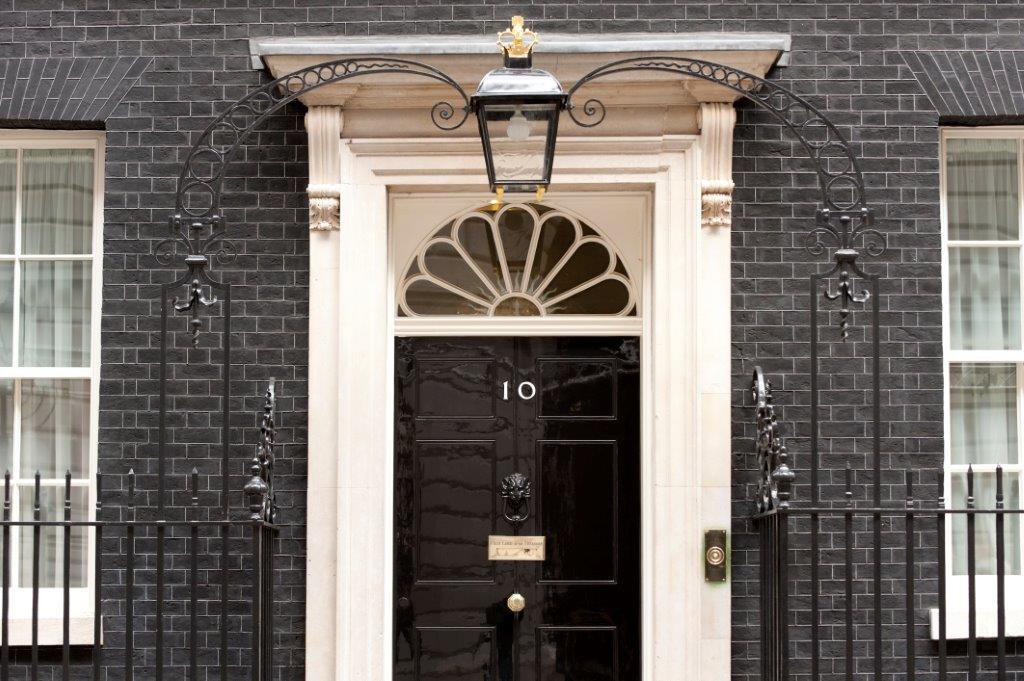This month in history: Margaret Thatcher, first female PM

In May 1979, Margaret Thatcher became the first female British prime minister, a post she was to hold for 11 years.
Margaret Hilda Roberts was born on 13 October 1925 in Grantham, Lincolnshire. She was introduced to Conservative politics at an early age by her father, Alfred, who was a grocery store manager and member of the town's council.
She was educated at a local grammar school, and won a scholarship to study chemistry at Somerville College, Oxford University, in 1943, where she became president of the university's Conservative association. She gained a degree in chemistry in 1947, and went on to work as a research chemist in Colchester and Dartford.
Despite her new career, Thatcher's love of politics remained strong. She ran, unsuccessfully, as the Conservative candidate for Dartford in the 1950 elections, losing to Norman Dobbs, who polled 20% more votes. She ran again in the general election of 1951, and again lost to Dobbs by a majority of 18%.
For the next 2 years, Margaret put politics aside to study law, qualifying in 1953 as a barrister. Yet politics remained firmly in her sights, and she stood as the Conservative MP for Finchley, London, in October 1959, winning the seat with 53% of the vote (Gazette issue 41842).
She stood for Finchley again in 1964 and 1966, winning both times with 46% of the vote (Gazette issue 43468 and 43944), and in 1970, with 54% of the vote (Gazette issue 45134). Following the election of 1970, she was promoted to the cabinet as education secretary.
Though the Conservatives lost the 1974 election, Thatcher retained her seat (Gazette issue 46229) and became a dominant force in the party. She was eventually elected leader in 1975, beating Edward Heath to the position. With this victory, she became the first woman to serve as opposition leader in the House of Commons.
The political and economic instability of the late 1970s helped to return the Conservatives to power in May 1979. As party leader, Thatcher made history when she was appointed Britain's first female prime minister (Gazette issue 47838).
Her leadership style, and her social, economic and geopolitical policies in the following years, divided the nation, and her party. In November 1990, she agreed to resign, and was succeeded as party leader by John Major.
In 1992, not long after leaving office, she was appointed to the House of Lords as Baroness Thatcher of Kesteven (Gazette issue 52978). In April 1995, she was appointed a Lady Companion of the Order of the Garter (Gazette issue 54017).
In 2000, Thatcher's health began to deteriorate, and after a battle with dementia that lasted over a decade, in April 2013, age 87, she died after suffering a stroke. Her Deceased Estate notice was published by The Gazette on 31 May 2013.
